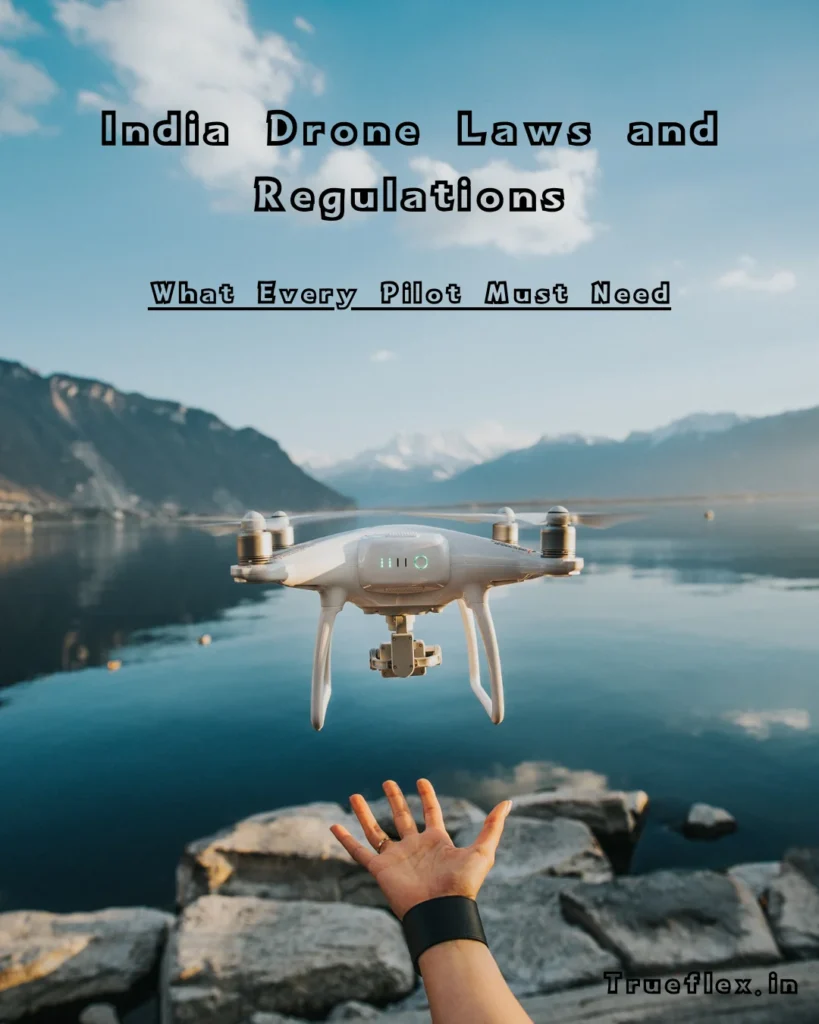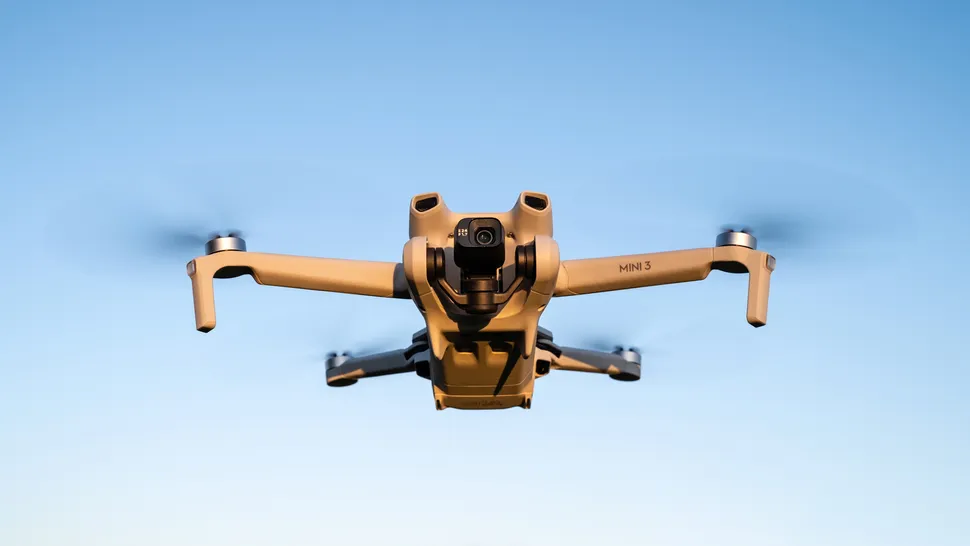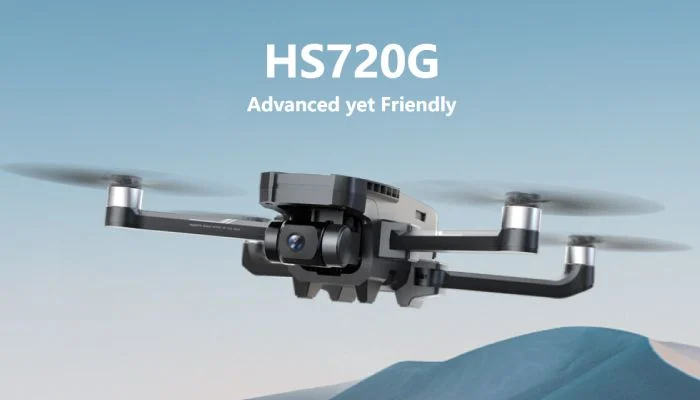India Drone Laws and Regulations (2025) – The Ultimate Guide
India Drone Laws and Regulations (2025)
India’s drone industry is booming, with applications from agriculture and surveying to filmmaking and logistics. To harness this potential safely, the Indian government has rolled out progressive drone laws and regulations. TrueFlex – India’s leading drone blog – brings you a comprehensive guide to Indian drone rules, categories, permissions, and the latest amendments as of 2025. We’ll cover everything from drone registration and licensing to no-fly zones, helping enthusiasts and businesses stay compliant. Check out TrueFlex’s latest updates and related articles (e.g., Best Drones in India 2025 and Top Drone Brands in India) for more insights and gear recommendations.

A drone pilot prepares for takeoff in an Indian rural setting. Under India’s digital sky regulations, every drone (except nano-category) must be registered and often needs permission before flying.
Overview of India’s Drone Regulatory Framework
India’s Civil Aviation Rules (CAR) 2018 marked the beginning of formal drone regulation in India, but the current legal framework is largely defined by the Drone Rules, 2021. These liberalized rules (notified on Aug 25, 2021) simplified approvals and introduced new categories. Subsequent amendments have further eased requirements: for example, the 2022 amendment abolished the old pilot license in favor of a Remote Pilot Certificate (RPC), and the 2023 amendment waived the need for a passport by allowing any government-issued ID for drone pilots. In sum, India’s drone laws aim to promote innovation while maintaining safety. As the government’s Press Information Bureau notes, nearly 90% of Indian airspace (up to 400 feet) has been opened as a “green zone” for drone operations.
Drone laws in India cover everything from airspace classification to equipment standards. Here are some key rules:
- Mandatory Registration (UIN): All drones except those in the nano-category (≤250g) must be registered on DGCA’s Digital Sky platform and issued a Unique Identification Number (UIN). Registration enables tracking and compliance, in line with India’s “No Permission, No Takeoff” (NPNT) policy.
- Remote Pilot Certificate (RPC): To fly most drones, the operator must hold a valid RPC (the successor to the old pilot license). Training at a DGCA-approved Remote Pilot Training Organisation (RPTO) is required, and pilots must be aged 18–65 with at least a class 10 education. (However, micro drones up to 2kg used for non-commercial purposes do not require an RPC.)
- No Permission, No Takeoff (NPNT): India’s NPNT system mandates that every flight (except nano-category) be pre-approved through the Digital Sky Platform. Embedded firmware in the drone prevents takeoff without digital clearance, ensuring compliance with airspace rules.
- Airspace Zones: The sky is divided into Green, Yellow, and Red zones. Green zones (majority of airspace) allow free flight up to 400 ft; Yellow zones (near airports/secured areas) require Air Traffic Control permission; and Red zones (near airports, military bases, etc.) are strictly no-fly. Operators can consult the interactive Digital Sky map to see zone classifications.
Drone Categories by Weight
Under Rule 5 of the Drone Rules, 2021, drones in India are classified by weight. The five categories (with typical examples) are:
- Nano (≤ 250 grams): E.g. ultra-light toy drones. No permit or UIN is required, though all general rules (line-of-sight, no over 50 ft height, etc.) apply.
- Micro (250g – 2 kg): E.g. DJI Mini series. Requires UIN and must comply with NPNT, but no pilot license/RPC is needed for non-commercial use.
- Small (2 – 25 kg): E.g. DJI Mavic, Phantom. UIN and RPC mandatory (RPC if used commercially).
- Medium (25 – 150 kg): Used for industrial applications; heavy restrictions and airworthiness rules.
- Large (> 150 kg): Essentially treated like manned aircraft, requiring strict DGCA oversight.
Except for nano (and some micro cases), all drones must be UIN-registered and fly only under approved conditions. All drones (except nano) must also carry an identification plate and follow mandatory equipment rules (GPS, return-home, anti-collision lights, etc.).

Registration, Permissions and UIN
Unique Identification Number (UIN)
Every drone above the nano category must be registered on the DGCA’s Digital Sky Platform to obtain a UIN. Registration involves submitting drone details, proof of ownership, and paying fees (via Bharat Kosh). The UIN must be printed on the drone. Even nano drones can voluntarily register for additional privileges, but it’s not compulsory.
Permissions – Digital Sky and NPNT
India’s famed No Permission, No Takeoff (NPNT) system means no drone can legally take off without prior digital clearance. Through the Digital Sky app, pilots request a flight clearance for each mission. If cleared, the app provides an altitude/area/time slot; the drone’s NPNT firmware enforces it. This ensures compliance with airspace restrictions (green/yellow/red zones). In practice, green zones up to 400 feet usually grant clearance automatically, while flights near sensitive areas need additional approvals.
Remote Pilot Certificate (RPC)
Under the Drone Rules, 2021, operating a drone (except nano) generally requires an RPC. The RPTO will train and test applicants, then apply to DGCA for the certificate. Key requirements are: age 18–65, Class 10 education, physical fitness, and completion of a DGCA-authorized training program. Once issued (within 15 days on the Digital Sky platform), the RPC is valid for 10 years. The pilot must carry the RPC when flying.
Importantly, recent amendments have simplified RPC issuance. The Drone (Amendment) Rules, 2023 (effective Sept 27, 2023) now allow any Indian government ID and address proof (e.g. Voter ID, Ration Card, Driving License) instead of requiring a passport for the RPC application. This change removes a major hurdle, especially for rural pilots. The official Gazette states: “For entry 5. Indian Passport Number OR government issued proof of identity and government issued proof of address (Voter’s ID, Ration Card or Driving License)”.
Note: Certain small drones (<2 kg) flown for hobby do not require an RPC, but commercial operations always do. Check TrueFlex’s Drone News for updates on pilot licensing and state-specific guidelines.
Airspace Zones and Flight Restrictions
India has classified its airspace into three color-coded zones for drone safety:
- Green Zone (Open): Most areas, allowing flight up to 400 feet (about 120m) without special permission. (This covers ~90% of India’s airspace.)
- Yellow Zone (Caution): Restricted areas where prior clearance from Air Traffic Control is needed. These include airfields, defense installations, and some urban areas.
- Red Zone (No Fly): Strict no-drone areas like the immediate vicinity of airports, the Presidential Palace, military bases, national security zones, etc. Flying in Red Zones is prohibited under all circumstances.
Operators must consult the Digital Sky interactive map before any flight to see real-time zone data. Ignoring these rules can lead to confiscation of equipment and fines. In general, always fly at/below 400 ft and keep the drone in visual line-of-sight.
Additional no-fly rules include: no flights after sunset (unless in certain certified cases), no flying over people or crowds, and no interfering with manned aircraft. Foreign nationals are not allowed to operate drones in India; they must lease drones to an Indian entity as per CAR guidelines.
Equipment, Insurance and Safety
Beyond registration and permissions, India mandates safety features and insurance for drones:
- Equipment Mandates: Per DGCA rules, drones (except nano) must have a built-in GPS, return-to-home (RTH) feature, anti-collision lights, and an identification plate. They must also incorporate NPNT firmware and data logging capability. These ensure traceability and flight safety.
- Insurance: All drones (except nano and those used solely for R&D) must be insured against damage and liability. Insurance is often checked during UIN registration and type-certification processes.
- Type Certification: Most drones must be type-certified by DGCA under the Drone Certification Scheme. This tests the drone’s safety and reliability. Exemptions are granted for nano-model aircraft or R&D-only drones.
These rules keep users and bystanders safe. For instance, failing to have mandatory equipment or insurance can result in penalties under Rule 50 of the Drone Rules, 2021, which imposes fines up to ₹100,000 for violations such as flying without UIN or entering a no-fly zone. Always check the DGCA’s latest circulars before flying.
Drone Updates & Amendments (2022–2024)
India’s drone regulations have evolved rapidly. Key recent changes include:
- 2022 Amendment: On Feb 11, 2022, the Drone (Amendment) Rules abolished the old pilot license. Instead, DGCA-authorized training organizations issue the Remote Pilot Certificate (RPC) after training. This made compliance simpler and got rid of lengthy license processes.
- 2023 Amendment: Notified Sept 27, 2023, this amendment allowed alternate IDs for RPC (removing the passport requirement). It further liberalized rules to make India a drone hub. The press release also noted that “nearly 90% of Indian airspace [is] open up to 400ft” under new mapping rules. This dramatically expanded where drones can fly freely.
- 2024 Amendment: On Aug 21, 2024, the government eased registration/de-registration of drones. It removed the passport requirement for drone owners and transfer of UIN. Now, any government-issued ID (Voter ID, Ration Card, Driving License) can be used. This aligns the process with the 2023 amendment for pilots, simplifying paperwork for drone users and manufacturers.
Overall, these reforms – along with programs like PLI incentives and “Drone Shakti” support – are driving a boom in India’s drone manufacturing and services. The DGCA reports over 10,000 type-certified drones registered by 2024, and Indian companies like DroneAcharya and IdeaForge are expanding production. With each regulatory update, India’s drone ecosystem becomes more accessible and secure.
Best Practices & Popular Drones in India
As India’s No.1 drone blog, TrueFlex not only covers laws but also provides buying guides. Popular drones for Indian users include the DJI Mini series (permit-free nano/micro drones), Mavic Air/Pro series (small category), and FPV/DJI Avata for recreational use. For specifics, see TrueFlex’s Best Drones in India 2025 and Best Drones for Wedding Photography reviews. When choosing a drone, consider the weight (to know the rules you must follow) and features: for example, drones under 250g (DJI Mini) avoid most regulations entirely. Drones above that require UIN and often RPC.
Always fly responsibly: respect privacy (no filming in forbidden zones) and check weather. Even though NPNT enforces permissions, pilots should double-check NOTAMs (notices for flights) and local restrictions (military exercises, state laws). Following best practices keeps drone flights legal and safe. For gear and news, follow TrueFlex’s Drone News section – we provide updates and comparisons of top models, brands, and technology trends.

Conclusion
India’s drone laws strike a balance between innovation and safety. The liberalized Drone Rules, 2021 and subsequent amendments (2022–2024) have made compliance much easier: registration via Digital Sky, a simple RPC process, and widespread green zones up to 400ft. At the same time, strict no-fly zones and NPNT ensure security. By understanding these drone regulations in India – and staying informed through top blogs like TrueFlex – hobbyists and businesses can take full advantage of drones while flying responsibly.
Stay informed, register your drone, and fly safely – India’s skies are open, and drones are an exciting technology for farming, filmmaking, delivery, and more. TrueFlex will continue updating this guide as new regulations arrive. Visit TrueFlex for the latest insights on the best drones, detailed regulation updates, and more in-depth drone guides for India.
Sources: Official DGCA and Civil Aviation releases; Ministry press releases; and expert drone guides. These authoritative sources ensure the above information is current and accurate (as of 2025).
Frequently Asked Questions ?
Do I need a license to fly a drone in India in 2025?
You do not need a Remote Pilot Certificate (RPC) for flying nano or micro drones for hobby use. But for commercial flying or drones above 2kg, RPC is required.
Can I fly drones in Mumbai or Delhi?
You must check the Digital Sky map. Many areas in metros are Yellow or Red zones, needing permission or being restricted altogether.
Which drones don’t require registration in India?
Only Nano drones (≤250g) are exempt. All others must be registered on the DGCA’s Digital Sky Platform and have a UIN.
Call-to-Action (CTA) Optimization
Ready to Fly? Let TrueFlex Be Your Co-Pilot!
Navigating drone laws in India can feel complex — but at TrueFlex, we make it simple.
📌 Need help registering your drone or choosing the right model?
📌 Want expert reviews, tutorials, or gear guides?
* Explore our full Drone Buying Guide for India 2025
* Read Top Drone Brands Compared
* Or check our Drone News Section for the latest updates!
🛠️ TrueFlex.in – India’s #1 Drone Blog
From laws to lenses, we’ve got your skies covered.
💬 Have questions? Drop them in the comments — our experts reply within 24 hrs.
🔗 [Subscribe to our newsletter] for weekly drone tips & up
Recent Posts
Popular Categories
Product Tags
sdzfgsg
Error: No feed with the ID 2 found.
Please go to the Instagram Feed settings page to create a feed.







